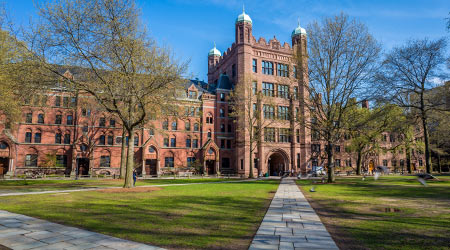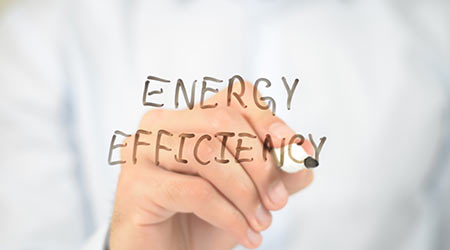
Greenhouse Gas Emissions: A Success Story
May 11, 2018
Facility managers can achieve the largest impact on their organization’s carbon emissions by directing their attention and resources to buildings. Institutional and commercial facilities use 39 percent of the energy and 74 percent of the electricity produced each year in the United States, according to the U. S. Department of Energy. Beyond that, 91 percent of a building's emissions come from its use and 9 percent come from its construction, according to a University of Michigan study.
One major university committed to reducing its buildings’ greenhouse gas emissions has seen results from its efforts.
Read: Facilities make progress on emissions
The Delta Force Program, an initiative that began in 2007 and has focused on a number of sustainability projects, has turned its attention to cutting down carbon dioxide emission at the University of Virginia in the past few years, according to The Cavalier Daily.
In 2009, the university developed the first phase of its Environmental Footprint Reduction Plan, which sought to reduce University greenhouse gas emissions and enhance the sustainability of the university through specific environmental impact reductions.
In 2011, the university passed a resolution aiming to reduce its greenhouse gas emissions by one-quarter of the level emitted in 2009 by the year 2025, from just below 350,000 metric tons of carbon dioxide equivalent (MTCDEs) to about 250,000 MTCDEs. By the end of 2017, the program had saved more than 20,000 metric tons of carbon dioxide from being released from university buildings, surpassing their initial goal of 15,000.
Read: Curtailing emissions in facility grounds care operations
Delta Force has performed energy retrofits on more than 50 university buildings. The program’s success is best seen in Clark Hall, where the project significantly reduced energy use bytes. Delta Force is a result of the work of the Office of Sustainability, University staff and other external professionals who collaborate to reduce the energy costs and carbon dioxide emissions in the most highly-trafficked buildings.
The program has cost close to $14 million — funding that comes out of the more than $31 million the program has saved the university in energy costs. In Clark Hall, the program reduced energy use by one-half, saving the university more than $600,000 a year with only a $2 million dollar project.
By installing new LED lighting and plumbing fixtures, and by carefully insulating windows and doors, the building is on its way to earning a LEED EB O+M certification, which certifies the sustainability efforts of a building and checks that it is operating on green practices.
This Quick Read was submitted by Dan Hounsell — dan.hounsell@tradepressmedia.com — editor-in-chief of Facility Maintenance Decisions, and chief editor of Facilitiesnet.com.
Next
Read next on FacilitiesNet












